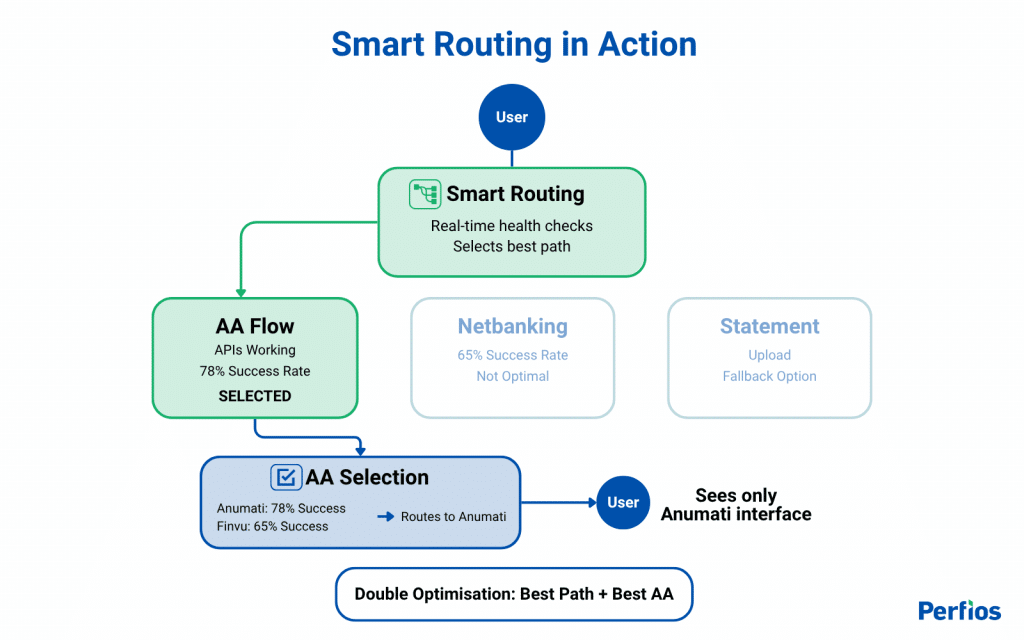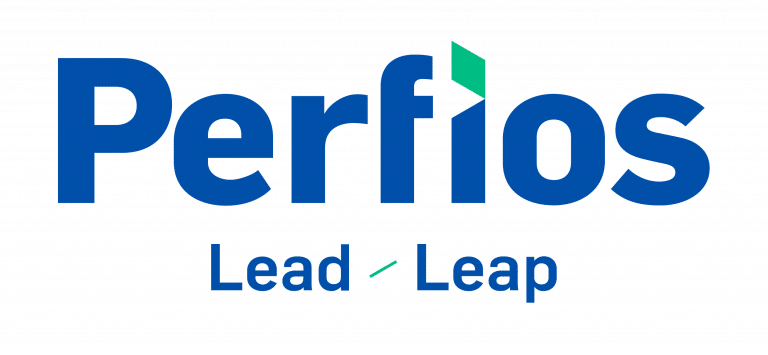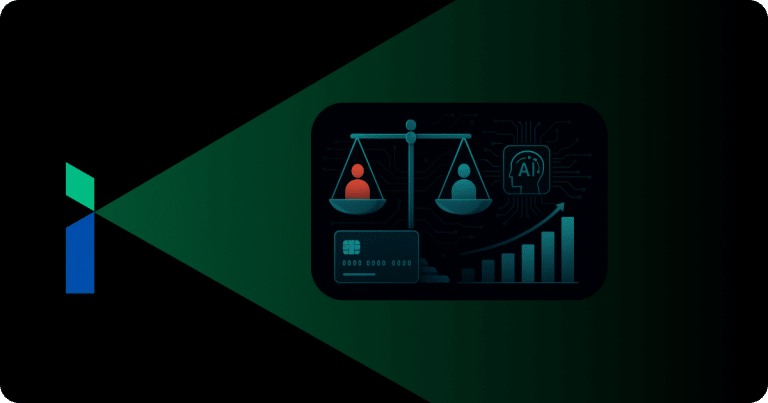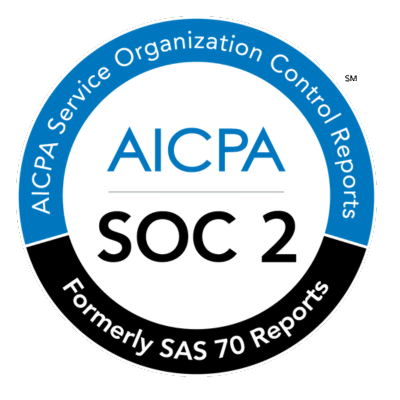As of 31st March 2025, 213 crore financial accounts are enabled for Account Aggregator (AA) services. The framework has processed 179.73 million successful consent-based data sharing transactions cumulatively, with a 17% monthly growth rate. Clearly it’s India’s fastest growing open finance network.
Yet beneath these impressive numbers lies a complex operational reality that every stakeholder, from banks to fintechs to customers, experiences daily.
Consider this scenario:
Meet Ahmed. He’s exactly the customer every lender wants to serve. Digitally savvy, income-verified, and ready to transact. But when he tried to get a simple ₹50,000 personal loan through a lending app, the journey became a game of interface hopscotch and OTP relays.
First, the lending app redirected him to the Account Aggregator interface. An unfamiliar system with unknown brand names. Then came the OTPs. One for AA registration. Another when he logged into his bank. The third one for transaction verification never arrived.
When he finally reached the consent screen, it froze while fetching his account details. He tried refreshing. Error message. When he tried his bank login again, a “service temporarily unavailable” appeared. He tried again the next day, but the same interface greeted him with the same problems. More OTPs, more waiting, more confusion.
Ahmed abandoned the process, frustrated by the unnecessary complexity and unreliable systems.
The Infra Debt We’re All Carrying
Ahmed’s experience illustrates the reality facing 40-50% users today. But these individual failures are just symptoms of deeper systemic issues. Financial Information Provider (FIP) downtime during bank maintenance windows, AA system outages during peak hours, and network hiccups that disrupt authentication processes mid-journey all contribute to these high drop-off rates. The reality? A fragmented ecosystem where success depends on whether your AA is experiencing downtime, whether your bank’s APIs are functioning that day, and if authentication processes complete without technical glitches.
Even with a reasonably good success rate of 60%, those 40% drop-offs carry a steep price. At a conservative customer acquisition cost of ₹2,000 per user, a fintech company processing 10,000 loan applications monthly is burning ₹80 lakh every month on users who never complete the journey. That’s ₹9.6 crores annually, lost to technical failures, user confusion, or frustration.
Multiply this across India’s lending ecosystem. Hundreds of lenders, thousands of daily applications; the collective cost of journey drop-offs and AA ecosystem failures would run into thousands of crores. It’s not just individual frustration, it’s systematic capital destruction at scale.
For an industry built on unit economics and conversion optimisation, these aren’t just technical problems. They’re business model killers hiding in plain sight.
The Orchestration Answer
The concept is elegantly simple: instead of forcing users down predetermined paths, analyse real-time data to route them to the option most likely to succeed. This is why we designed Perfios Smart Routing Solution.
Here’s how it works:
Step 1: The Intelligence Layer Before showing any interface to the user, our system performs instant health checks:
- Is the applicant’s bank available and working on the AAs that the FIU has partnered with right now?
- Are the bank’s APIs functioning or should we avoid the AA route entirely?
- Should we recommend the AA flow or suggest alternative modes such as Netbanking or Statement Upload?
- Which path gives this specific customer the highest chance of success today?
Step 2: The Optimal Route Based on this analysis, the loan applicant sees only the path most likely to work right now. If historical data suggests lower AA success rates for their bank, they’re presented with Netbanking options. If data collection challenges persist, they’re offered statement upload alternatives. No failed attempts. No frustrating dead ends.
Step 3: The Invisible Fallback If the AA path encounters issues despite our routing intelligence, there’s a retry mechanism available within the same AA session. No need to restart consent or re-enter details.

The Competitive Advantage
Our routing intelligence combines ecosystem data with proprietary insights from processing millions of transactions daily and having mapped FIPs’ success rates historically. While most rely solely on external data sources that often lag or provide an incomplete picture, we supplement this with near real-time performance patterns that are easily decipherable to us given the scale at which we operate, thereby creating routing decisions based on what’s actually working right now, not what worked hours ago.
Additionally, the beauty of such a solution is its universality. Whether the customer is applying through a mobile app, a bank’s website, in a branch, or even with agent assistance, the same intelligent routing can apply.
The Business Case
The impact of an easy 20% lift in success rates can be dramatic. Take that same fintech processing 10,000 monthly applications, improving from 60% to 80% success rates means 2,000 fewer drop-offs, saving ₹40 lakh monthly in wasted customer acquisition costs, or ₹4.8 crores annually using our earlier conservative ₹2,000 CAC estimate. This improvement compounds benefits across the entire ecosystem.
AAs, for example, typically charge only for successful data fetches but bear infrastructure costs for all attempts, a common pricing model in financial infrastructure. A 20% improvement in success rates means 2,000 additional billable transactions monthly while serving the same volume for just that one fintech.
The Future of Financial Data Sharing
The Account Aggregator framework represents India’s most ambitious attempt to create a unified financial data sharing ecosystem. However, like many complex infrastructure projects, the gap between vision and execution creates real problems for real people.
Intelligent routing by Technology Service Providers like ourselves offers a path forward. Not by replacing the existing infrastructure, but by making it work better for everyone.
The future of financial data sharing depends on intelligent orchestration, not just regulatory compliance.














